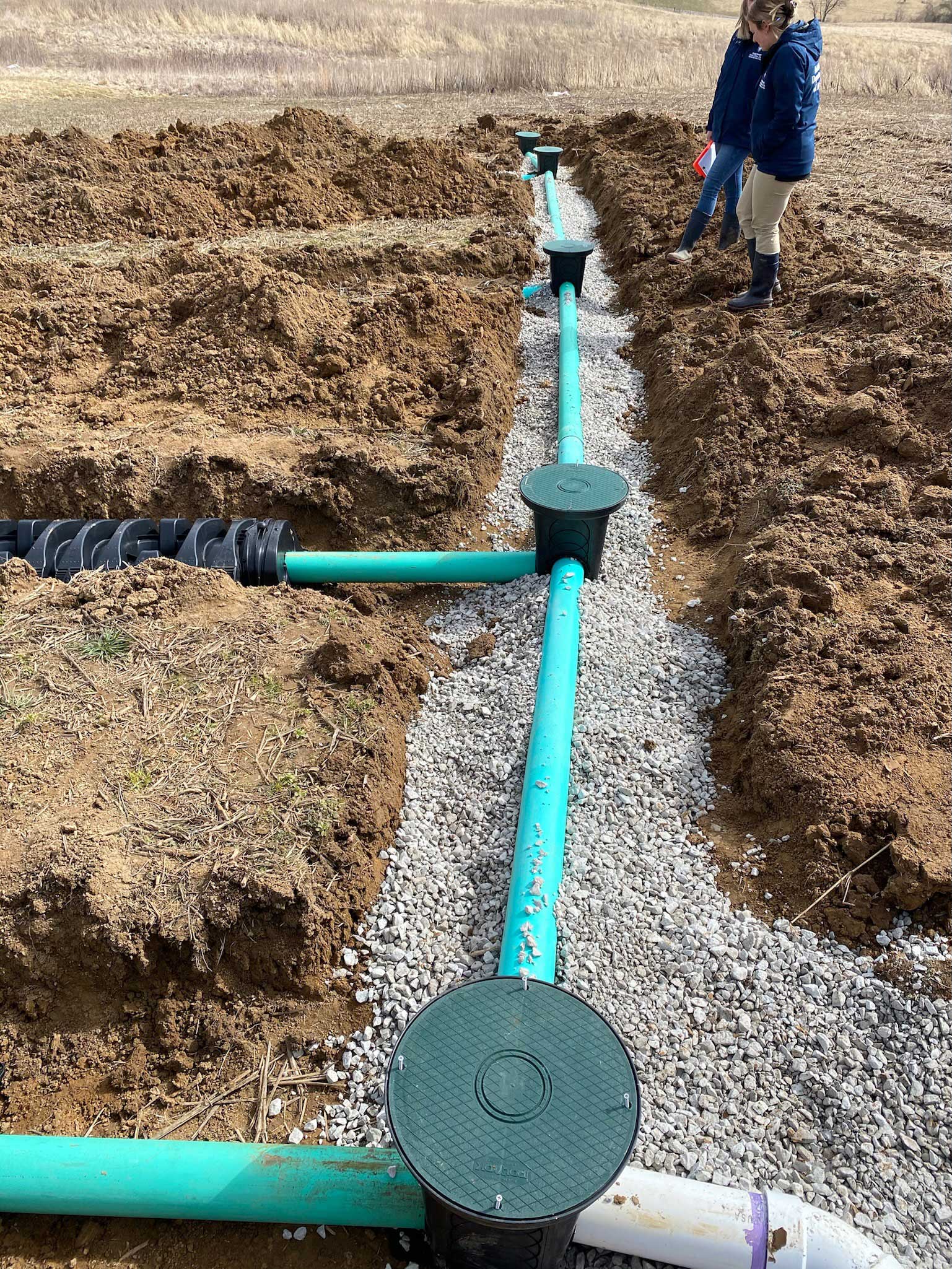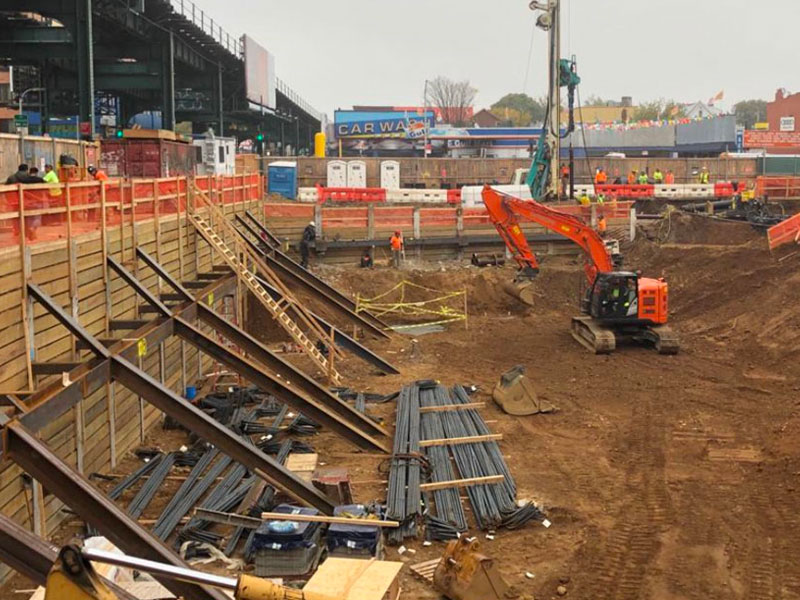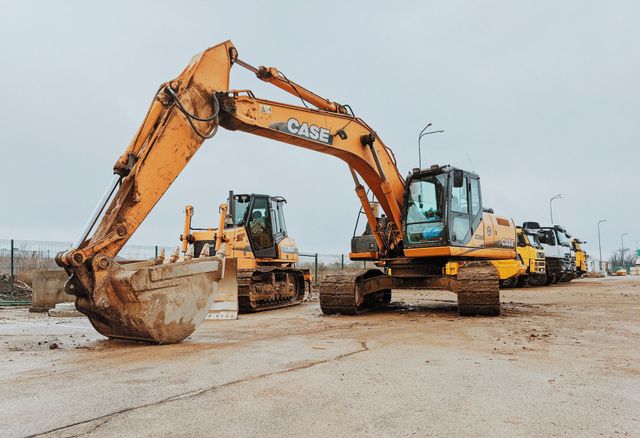Extensive Expedition: The Scientific Research Behind Superior Excavation Practices
From old hand tools to modern-day hydraulic excavators, the advancement of excavation techniques has been a testimony to human ingenuity and technical innovations. What genuinely establishes exceptional excavation practices apart is a deep understanding of geological concepts, coupled with the use of sophisticated devices and methods.
Evolution of Excavation Strategies
Throughout history, the development of excavation techniques has played a vital duty ahead of time building and construction practices and archaeological explorations. From the basic tools utilized by our ancestors to the innovative equipment used in modern-day times, the development of excavation techniques has significantly changed how we approach numerous jobs.
In ancient times, hand-operated labor with standard devices such as pickaxes, shovels, and wheelbarrows was the key approach of excavation. This labor-intensive procedure limited the deepness and extent of excavations, often resulting in slow progress and limited access to specific websites. Nonetheless, as civilizations progressed, so did the strategies and devices used for excavation.
The Industrial Transformation noted a transforming point in excavation experiment the intro of steam-powered equipment. This technology revolutionized the field, enabling for faster and extra comprehensive excavations. In modern times, modern technology plays a pivotal function in excavation, with innovations like general practitioner systems, drones, and 3D scanning improving accuracy and performance in the area. The evolution of excavation techniques remains to shape the method we construct, check out, and understand the world around us.
Duty of Modern Technology in Excavation

The assimilation of innovative innovation has actually essentially revolutionized the area of excavation, boosting precision and efficiency to extraordinary degrees. Among the crucial technological developments that has actually considerably impacted excavation techniques is the utilization of GPS systems. These systems enable for specific mapping of excavation websites, enabling operators to properly situate below ground utilities and structures. In addition, making use of telematics in excavation tools has enabled real-time surveillance of device efficiency, causing proactive maintenance and raised operational performance.
Moreover, the advent of 3D modeling and simulation software application has structured the planning procedure for excavation projects. Drivers and designers can now picture the whole excavation process before damaging ground, maximizing and identifying prospective difficulties operations. Together with this, the application of drones in excavation tasks has assisted in airborne studies, volumetric dimensions, and website inspections with unrivaled rate and accuracy.
Geological Principles in Excavation
An understanding of geological principles is essential for making sure the architectural honesty and stability of excavation sites. Geological variables play a critical duty in identifying the expediency and safety and security of excavation tasks.
By carrying out thorough geological surveys and evaluation, excavators and engineers can develop methods to mitigate risks and make sure the effective completion of excavation projects. Inevitably, incorporating geological concepts into excavation methods is crucial for accomplishing risk-free, effective, and lasting outcomes.

Latest Tools for Excavation
In the world of excavation methods, contemporary advancements in tools have transformed the efficiency and precision of excavation processes. One of the most up to date devices making waves in the sector is the usage of drones furnished with sophisticated imaging innovation. These drones can offer in-depth aerial studies of excavation websites, using real-time data on topography and potential hazards. This details help in much better preparation and decision-making throughout the excavation process.
Another cutting-edge device acquiring appeal is the application of view it now 3D printing modern technology for developing customized excavation equipment. This permits the production of specialized devices that are customized to the specific needs of a task, boosting effectiveness and lowering downtime.
Additionally, advancements in products scientific research have led to the development of more powerful and more long lasting excavation tools. dump truck companies in ohio. Tungsten carbide-tipped excavator attachments, for instance, offer remarkable efficiency in challenging ground problems, enhancing efficiency on-site
Scientific research's Effect on Excavation Practices

Furthermore, clinical study on soil auto mechanics and geotechnical additional info design has actually provided important understandings right into dirt behavior, enabling excavation specialists to make informed decisions relating to excavation approaches and dirt stabilization techniques. In general, scientific research proceeds to drive advancement and renovation in excavation practices, making excavation projects a lot more reliable, cost-efficient, and sustainable.

Conclusion
To conclude, the advancement of excavation methods has been significantly influenced by innovations in innovation and a deeper understanding of geological principles. The current devices and devices used in excavation have actually enhanced efficiency and accuracy in the area. The application of clinical understanding has dramatically improved excavation methods, resulting in more reliable and sustainable methods for excavating various kinds of materials.
In the world of excavation methods, contemporary advancements in tools have revolutionized the performance and accuracy of excavation procedures. By leveraging scientific principles, the excavation sector has been able to substantially improve performance, accuracy, and safety and security in excavation processes. GPR allows excavation teams to non-invasively check and map subsurface structures, utilities, and prospective threats, enabling them to prepare Read Full Article excavation jobs with higher accuracy and lowered threat of accidents.
Additionally, scientific research on dirt auto mechanics and geotechnical engineering has actually provided important understandings into soil habits, permitting excavation experts to make enlightened choices regarding excavation methods and dirt stablizing methods. Overall, science proceeds to drive advancement and renovation in excavation techniques, making excavation projects more effective, affordable, and lasting.